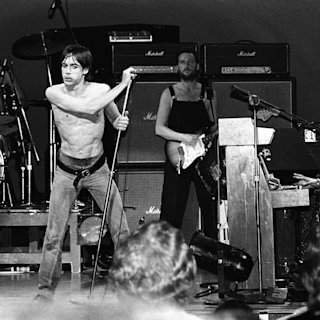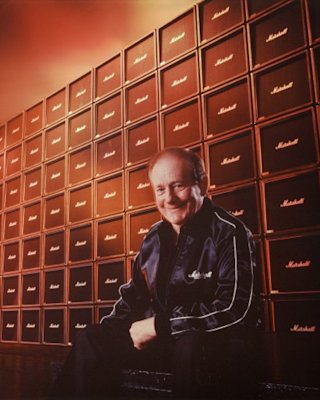
Marshall would become as much a towering visual entity at gigs as it was an aural experience.
By the mid-‘70s, the newly-popular heavy metal genre had become synonymous with the Marshall sound. But bigger meant better during this hard-rocking heyday, and Marshall was soon as much a towering visual entity at gigs as it was an aural experience.
“A wall of Marshalls became the ultimate statement of rock star machismo”, said The Guardian in 2012, as everyone from Motörhead to AC/DC began supplying their audiences via mountains of Marshall stacks. Their presence was a symbol of power that communicated an artist’s noisy ambitions. Whether they were actually switched on or not was beside the point.
Wall-of-amps seen on stage throughout the years. (Photo: YungBlud, Tom Pallant)
"It would be stupid to use more than three 100-watt amps, wherever and whoever, you are," said Jim Marshall. The heavy metal bands of the mid-'70s were having none of it.
Swedish heavy metal guitarist Yngwie Malmsteen exemplified that bravado as well as anyone when he famously proclaimed that only two man-made objects were visible from space: “the Great Wall of China and my wall of Marshall amplifiers.” While this bold audiovisual statement would later become associated with acts like Anthrax, Bon Jovi and The Darkness, it is arguably Kiss’ commitment to the wall-of-Marshall-amps phenomenon that remains the most memorable.
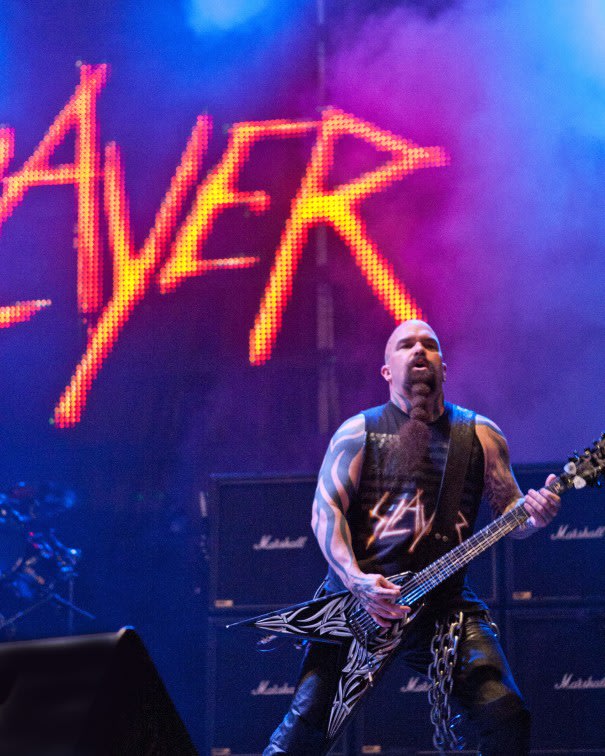

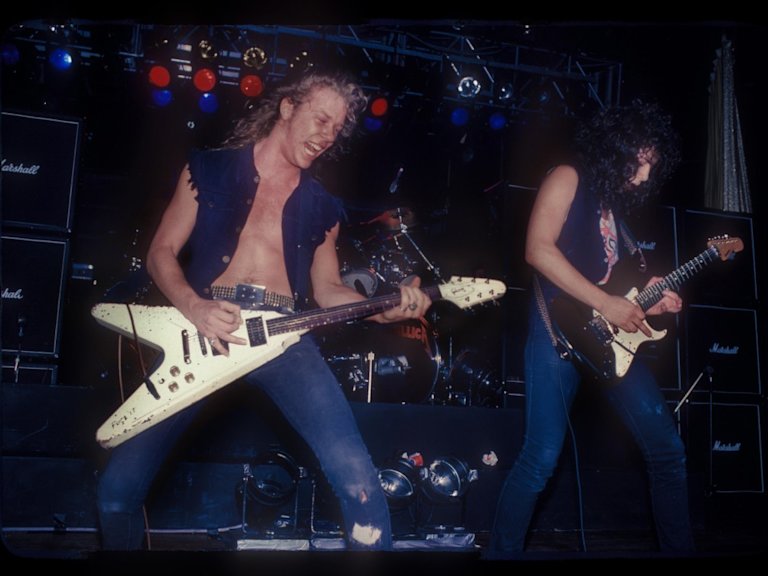



The band’s breakthrough 1975 concert album ‘Alive!’ had packaged a series of live recordings from the ‘Dressed to Kill’ tour of the same year – in which up to 18 Marshall stacks had been utilised in highly theatrical stage shows. The record spent 110 weeks in the US charts upon release, laying the groundwork for the hair metal explosion thereafter.
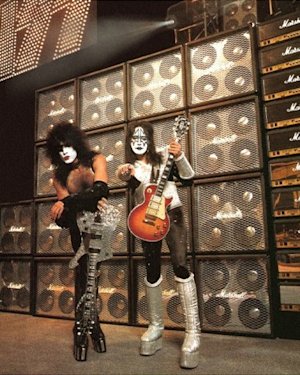
Kiss became closely associated with the wall-of-amps phenomenon. The Marshall-powered live album ‘Alive!’ marked their breakthrough in 1975.
